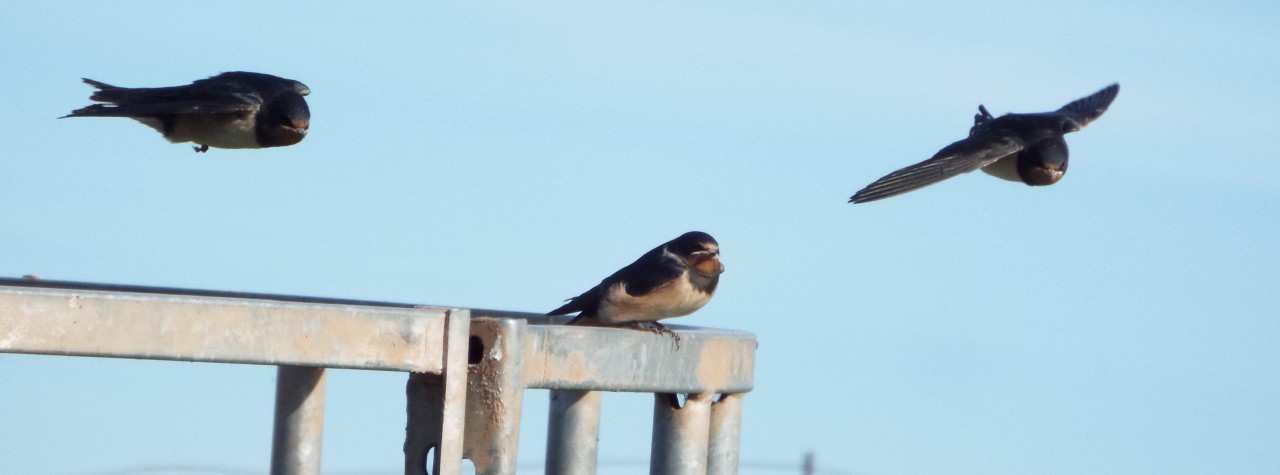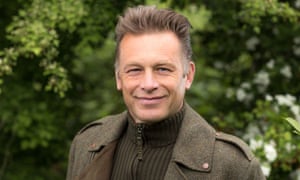Six months ago, Cecil, a 13-year old male lion from Zimbabwe, was shot illegally by American dentist Walter Palmer. His death sparked outrage across the world, bringing trophy hunting of animals, and all the corruption behind it, into the spotlight.
Now, it seems, we’re seeing a repeat of Cecil the Lion. Only this time it’s much closer to home.
This time it concerns a red-footed falcon, a raptor usually found in Eastern Europe. An individual had been blown from its natural range to Staffordshire back in July, before moving on to Lincolnshire and then to Cambridgeshire, where, two weeks ago, it was found shot.


Of course, this is far from an isolated case: persecution of all species of raptors is rife within the UK despite protected status for all of them. But this raptor was different; it had attracted a wide audience of twitchers, and birdwatchers of all other genres, but also those outwith the birdwatching community. The RSPB remarked how “tame” and “approachable” it was. The death of this raptor was too great to ignore, and the wider world suddenly knew about what’s been going on behind closed doors. Predictably, the RSPB put out a £1,000 reward for anyone who could provide evidence that could lead to the falcon’s killer, but that sum was soon increase to £2,500 after the previously un-political twitcher’s hub Rare Bird Alert began a crowdfunding appeal to raise money for the same cause. Suddenly, people hitherto unaware of persecution of raptors in the name of vested interests have become informed and impassioned.
People were recalling Annie: one of 2015’s Langholm Moor hen harriers. Not long after fledging, she was found shot on Buccleuch Estate, one of the sponsors of the Langholm Moor Demonstration Project. By now, the hen harrier, the UK’s most persecuted raptor, needs little introduction. The petition to ban driven grouse (sign it here ) shooting now exceeds 25,000 signatures.

And then, just over a fortnight ago, we saw one of the heaviest fines in wildlife crime history. Stody Estate was fined over £180,000 after the keeper employed on the estate, Allan Lambert, was charged with poisoning 10 buzzards and a sparrowhawk and possessing the illegal poisons, as well as a firearms offence. This is a new record in the UK for wildlife crime, and something we should all be proud of.
It is not to say we should be tarring everyone in the shooting industry with the same brush, and with all due respect to those committed to shooting responsibly, without lead shot, and respecting our raptors. But the new power gained by the movement against wildlife crime by the criminal killing of a red-footed falcon will, with any luck and enough people speaking out, to make those who think they can escape the law think twice, and hopefully a third time.
What does the death of a single bird by one person without morales mean? Well, in the great scheme of things, not much, just as one dead lion doesn’t mean much. But if the bird in question becomes an animal martyr, it can be the straw that breaks the camel’s back.





